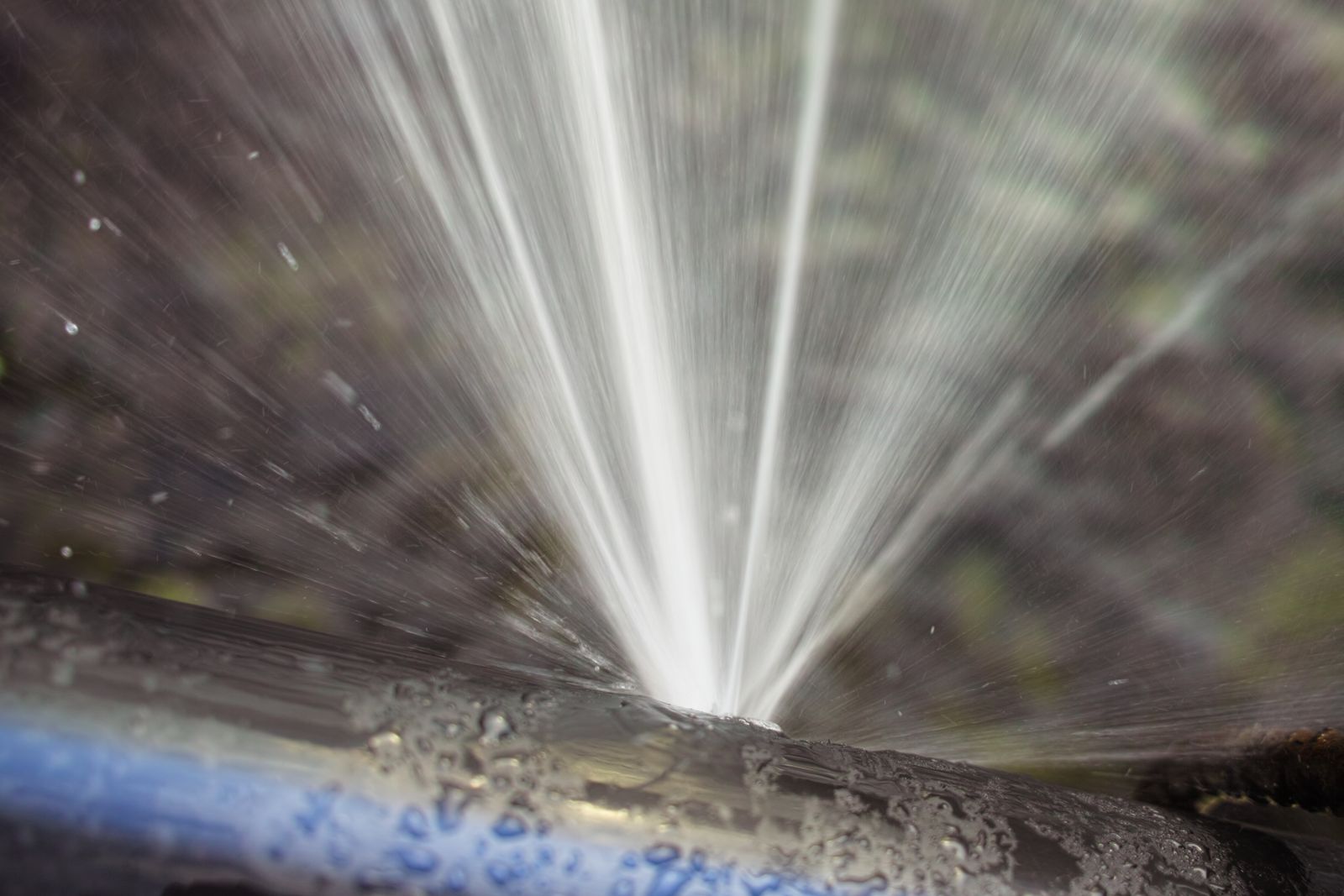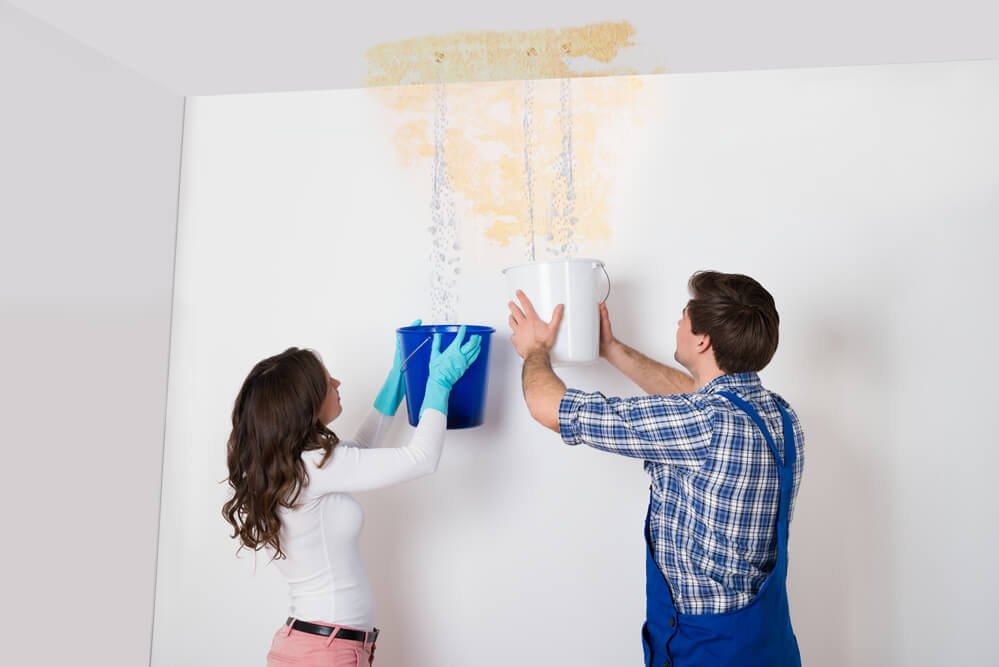Bathroom Water Leaks: Understanding Detection and Solving Methods
Bathroom Water Leaks: Understanding Detection and Solving Methods
Blog Article
Were you on the lookout for help and advice on How to Check for Bathroom Leaks?

Washroom leakages are frustrating as they disrupt your day's plan. It is a relief that most bathroom leaks are easy to repair and also spot, with very little expense ramifications.
Having a water leakage in washroom can be demanding to the property owner. Dealing with the leakage comes to be a very easy trouble if you know what to do. So, this article is important as a house guide to fixing a water and also detecting leakage in restroom. It does not change the requirement for professional knowledge. The article functions as a "first aid" when you need an emergency situation reaction to a water leakage in washroom.
Discovery and Fixing of Water Leak in Washroom
Water leak in bathroom generally results from plumbing as well as pipeline faults. You may require a fundamental expertise of these leak types to spot the water leak in shower room.
Dash Leaks
These typically arise from water splashing on the restroom floor from the bath tub. It is a consequence of using a bad shower curtain or used bath tub cellular lining. It damages the restroom flooring and also may cause rot to wooden floors as well as restroom doors. The water normally pools around the bath tub or shower. This might result in worse bathroom damage without timely handling.
What to Do
This restroom leak is the most convenient to deal with. You just require to change the drapes or recaulk the bathtub or shower. If the leak has harmed the bathroom floor or door, you might need to transform these to prevent additional damages. Fortunately is that you can involve a pipes expert to assist with the restroom repair service.
Bathroom Leaks
Occasionally, water leakages from the commode and pools around the toilet base. It is an eyesore in the shower room and requires timely attention. Sometimes, it results from a loose link in between the bathroom and the storage tank. This causes water to drip from the cistern to the flooring. It might also arise from splits in the toilet dish or a malfunctioning shut-off valve.
What to Do
If there hang bolts between the cistern and toilet, you just need to tighten them. Often you may require to reapply wax on the gasket or call a bathroom leakage professional to replace broken or used parts.
Clogged Washroom Sinks
Sometimes, the water leak in washroom results from sink obstructions. It is easy to deal with blockages, and you may not require expert skills.
What to Do
You can make use of a drainpipe snake to remove the debris in the drain and allow the stagnant water circulation. Drain pipes cleaners are likewise offered in shops and also are very easy to make use of.
Conclusion
Water leakages in the shower room are avoidable events in the residence. When they do, fix them promptly, or involve the solutions of an expert.
The post serves as a "initial help" when you require an emergency feedback to a water leak in washroom.
Water leakage in restroom frequently results from plumbing and pipe mistakes. You may require a fundamental understanding of these leakage types to find the water leakage in restroom. It damages the bathroom floor as well as might cause rot to wooden floors as well as bathroom doors. Sometimes, the water leakage in shower room results from sink clogs.
5 Ways You Can Tell There's Water Leaking In The Bathroom
Mold and mildew
The presence of mold or mildew is a big indicator of a water leak. It's not unordinary to see mold or mildew in parts of your bathroom where water accumulates, like showers and sinks, but it's a problem if you notice it growing in other places. Mold grows in places that are moist and dark so it can point you to hidden water leaks.
Read More: https://www.housedigest.com/927314/ways-you-can-tell-theres-water-leaking-in-the-bathroom/If you notice mold or mildew growing on bathroom walls, floors, or ceilings you should be concerned. Other than pointing you in the direction of a potential leaky pipe behind your walls or under your floors, mold is dangerous to your health, according to The Waterworks. Mold can cause an allergic reaction with symptoms like watery eyes, runny noses, sneezing, headaches, and difficulty breathing. Since mold is not only unsightly to look at, but a health hazard it's important to take care of the leak as soon as possible so the mold can be cleaned before it spreads.
Read More: https://www.housedigest.com/927314/ways-you-can-tell-theres-water-leaking-in-the-bathroom/Damaged walls or floors
Unexplainable damage to your bathroom walls and floors is another sign of water leaking. If drywall gets wet it will crumble, bubble, and even warp or break apart. Before you notice your drywall deteriorating you may see the paint blistering or chipping off the wall. Or if you have wallpaper, it will begin to peel off when wet and show water stains.
Read More: https://www.housedigest.com/927314/ways-you-can-tell-theres-water-leaking-in-the-bathroom/Unstable toilet
When you sit on your toilet does it wobble? If it is unstable your toilet potentially has a flange leak, according to The Pink Plumber. Toilets are supposed to sit stable on the bathroom floor and should never be able to be moved around. There are screws that keep the toilet secured down to the floor and a wax ring that connects the toilet to the waste pipe. The wax ring creates a water-tight seal so nothing leaks when water and waste are moving through the toilet. If the wax seal is damaged or worn down it will no longer provide the proper seal, causing a flange leak and allowing wastewater to seep out.
Read More: https://www.housedigest.com/927314/ways-you-can-tell-theres-water-leaking-in-the-bathroom/Wet bathroom cabinets
Wet bathroom cabinets are a sure-fire way to tell if you have a water leak in your bathroom. When your cabinets are wet it is likely because of leaks from sink faucet or water supply lines. You will know that your cabinets are damp if you see any water stains inside the cabinets. If it is a leak from a water supply line The Pink Plumber explains that you will see water dripping out from the connectors or even puddles in the cabinets.
Read More: https://www.housedigest.com/927314/ways-you-can-tell-theres-water-leaking-in-the-bathroom/https://www.housedigest.com/927314/ways-you-can-tell-theres-water-leaking-in-the-bathroom/

I hope you enjoyed our section on How to Check for Bathroom Leaks. Many thanks for taking time to browse our piece of content. Don't hesitate to take the time to promote this page if you liked it. Thank you for your time. Please check our site back soon.
No more leaks! Report this page